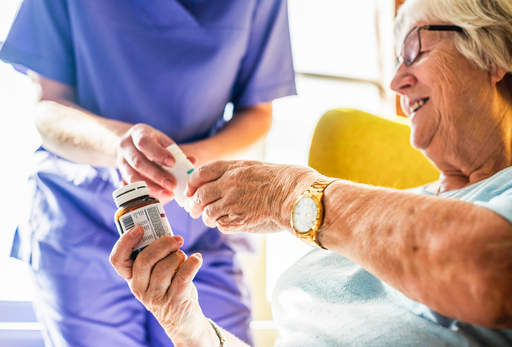
Cette page n'est pas disponible en français
Choisissez langues
Anglais,
Néerlandais
When designing learning trajectories, I like to use the critical incidents method. I find this a fine way to capture the essence of a profession, function or role. Together with the people who perform the job or know the work well, you systematically map out the situations that matter. You can then analyze those characteristic situations for the competencies people need to deal with them effectively. Those abilities then form the starting point for designing an appropriate learning path.
Stories about making a difference in elder care
We previously wrote here about how the critical incidents method works. Now I would like to address the connecting power of the stories you bring to the table together. This became even more clear to me during a project for seven collaborating organizations in elder care that I am working on, together with my colleague Josianne Savonije. The goal of that project is to achieve better alignment and connection between work and education for caregivers and nurses. The central question is: how can we ensure that these professionals learn in their vocational training (both at the ROC and in practice) what they need to confidently and competently deal with the situations they face every day?
Strengthening the connection between participants in the critical incidents workshops
With many people from all seven organizations, in twelve workshops we mapped over eighty situations that are characteristic of caregivers and nurses in elder care. These situations reflect practice as experienced by these care professionals, the dilemmas and issues that arise in them and the way they make a difference. The stories that people contributed provided a lot of mutual recognition. "You see, others run into this as well. I'm not the only one struggling with this." In addition, the caregivers and nurses learned from each other when it came to dealing with common situations. Collecting stories together created connection and curiosity. Whereas people were often still hesitant at the start of the workshop, we saw at the end that they continued to exchange enthusiastically and even made appointments to visit each other and talk further.
Connecting school and professional field during the analysis of the collected situations
We compiled the characteristic professional situations in a booklet. Recently we got together with teachers, staff and a student from the ROC and people from the collaborating healthcare institutions to analyse the situations. We made pairs, someone from the field together with someone from school, and asked them to read a selection of situations based on a research question. For example, the question, "Reading these situations, what do you think students need in both education and the workplace? We then discussed the answers to the research questions with each other. Here, too, we noticed that the stories collected provided a connection: they brought those present from the ROC and the care institutions closer together in their views on what could be done better and differently. This gave energy to take next steps together, and to strengthen the alignment between education and the professional field for caregivers in nursing.
Download Instrument Critical Incidents Methode (in dutch)
Want to know more? Feel free to contact Mariël.
